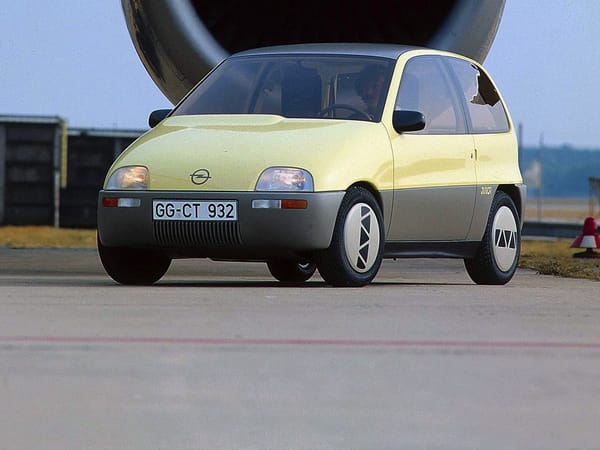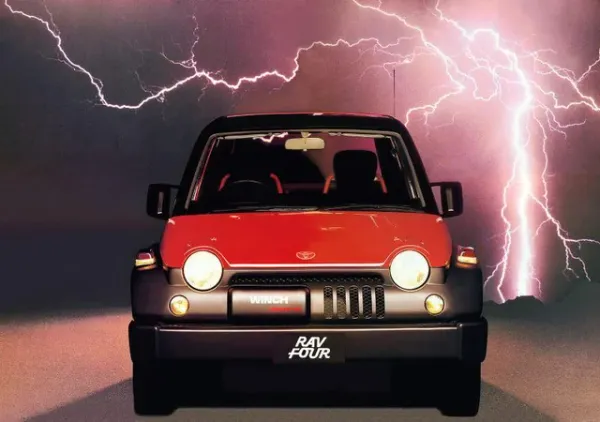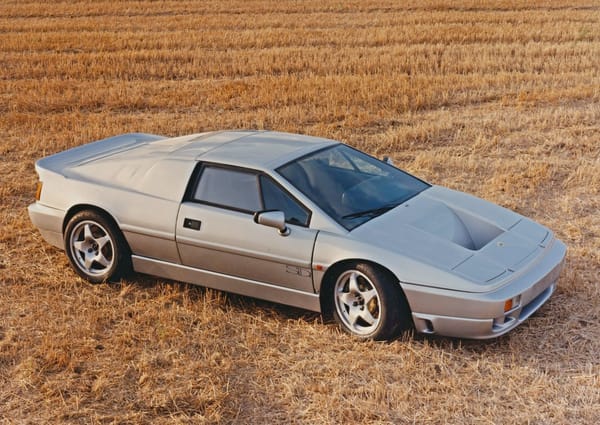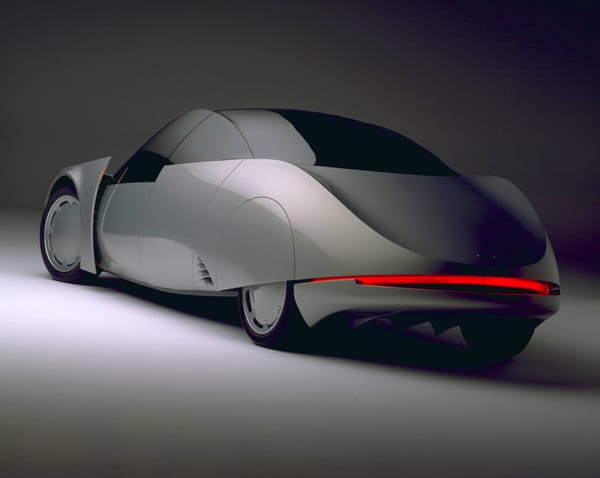Mazda Roadpacer AP
Car of the Day #67: Mazda Roadpacer Anti-Pollution
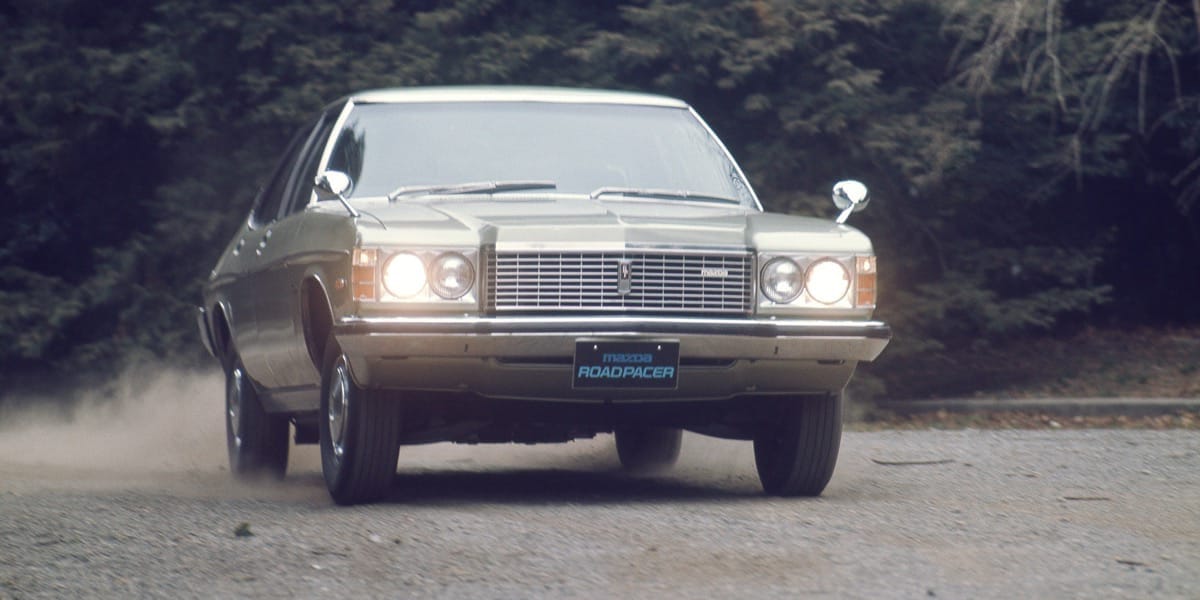
Picture in your head two identical rotary-powered cars, with the same amount of fuel in their tanks. One is driven around for a day with gusto, let’s pretend the other is sitting and idling for a week. Which will have worse emissions?
Fuel economy and emissions are two sides of the same coin; for the above example, the emissions will be the same. Fuel economy measures the liquid burned to keep a vehicle running, while emissions is the result of that burn.
Comparing a Toyota Prius daily driven 45 minutes each way to work, with an oversized pickup truck an elderly couple may use twice a week in their rural community. If the same amount of fuel is used in the hybrid, its resulting emissions are just as plentiful and harmful as the truck’s.
Emissions standards are fuel economy standards, but the fucked up part is that they’re regulated in reverse; car companies abide by rules that outline an amount of pollutants their customers might put into the atmosphere — they are not regulated on how many Liters or Gallons of fuel automakers have planned and fated their future lineups to consume.
“Our 2025 lineup is 24% more efficient with lower CO2 emissions…” would sound much different to, “Our 2025 lineup, with a planned production of 233,000 vehicles, will consume approximately 568,000 barrels of oil, an improvement of…”
Don’t get mad at me. The technology exists for governments to seriously overreact and demand near-realtime vehicle data from automakers: every modern vehicle knows exactly how much fuel it has burned via its onboard computer.
Want to fill in every pothole on earth by August? Charge drivers each month for exceeding their manufacturer-stated fuel economy, and by relation, their emissions numbers (the same ones our governments often use in order to dole out subsidies, vehicle classifications, and fees).
Read more in my official political platform, Canadian Drivers for Gentle Acceleration and Effective Aeromodding (CDGAEA).
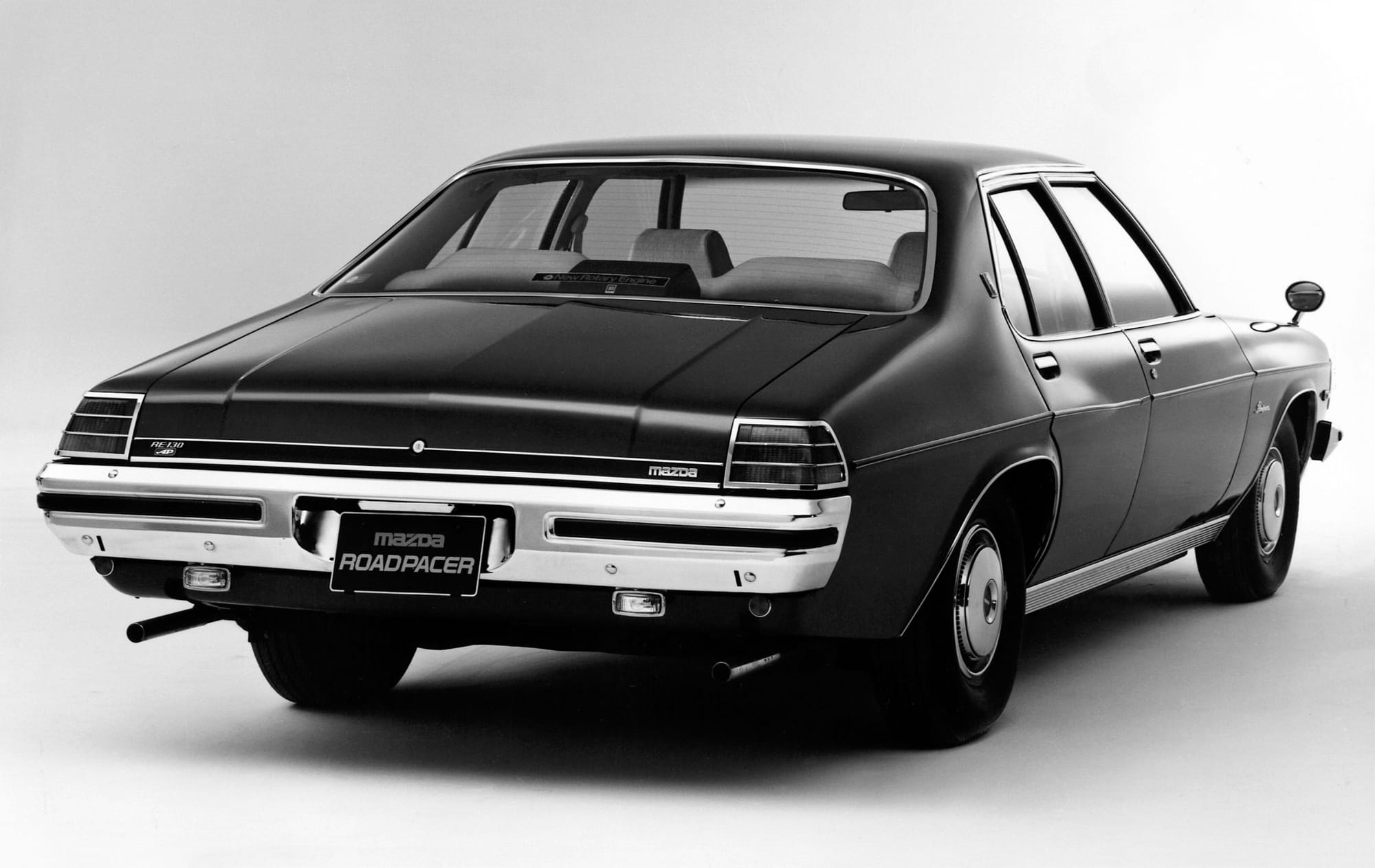
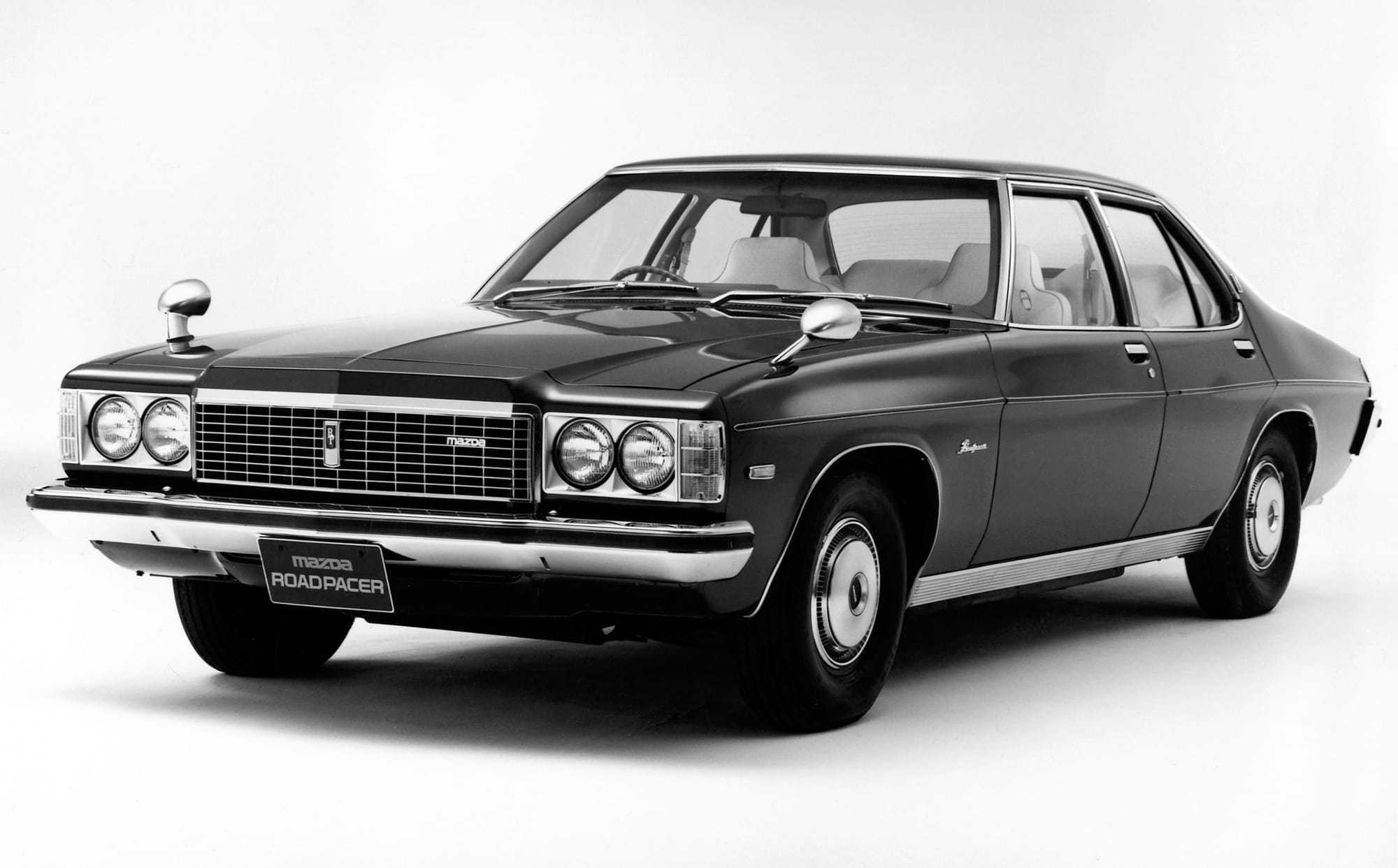
Mazda Roadpacer AP • via Mazda
Anyway, this after-the-fact approach authorities currently use for policing the harmful chemical compounds released as emissions means that creative chemistry is often an appealing way for automakers to delay change.
Carmakers will roll out PowerPoints and concept cars for governments like, “Look, we’d love to develop more efficient vehicles, we have this promising technology…but we could really use a tax break or some emissions credits or…”
Governments get to make the announcements about forward-looking technology—here, rotary engines—about bringing jobs (before being voted out)…but politicians know that being loved for half-truths is just as good as being praised for real solutions, so long as you’re able to earn the same amount of praise.
Every press conference needs a prop; why not an environmentally-sensitive concept car, provided by an automaker hoping to curry favor with a government?
At the end of the partnership, the automaker may sheepishly admit that 18 hydrogen vehicles were sold in the same amount of time they’d sold 184,015 crossovers. “Well, we guess consumers weren’t quite ready for this! But we tried!”
Not a specific example: a not-uncommon one that’s been on repeat since the mid to late 1970s.
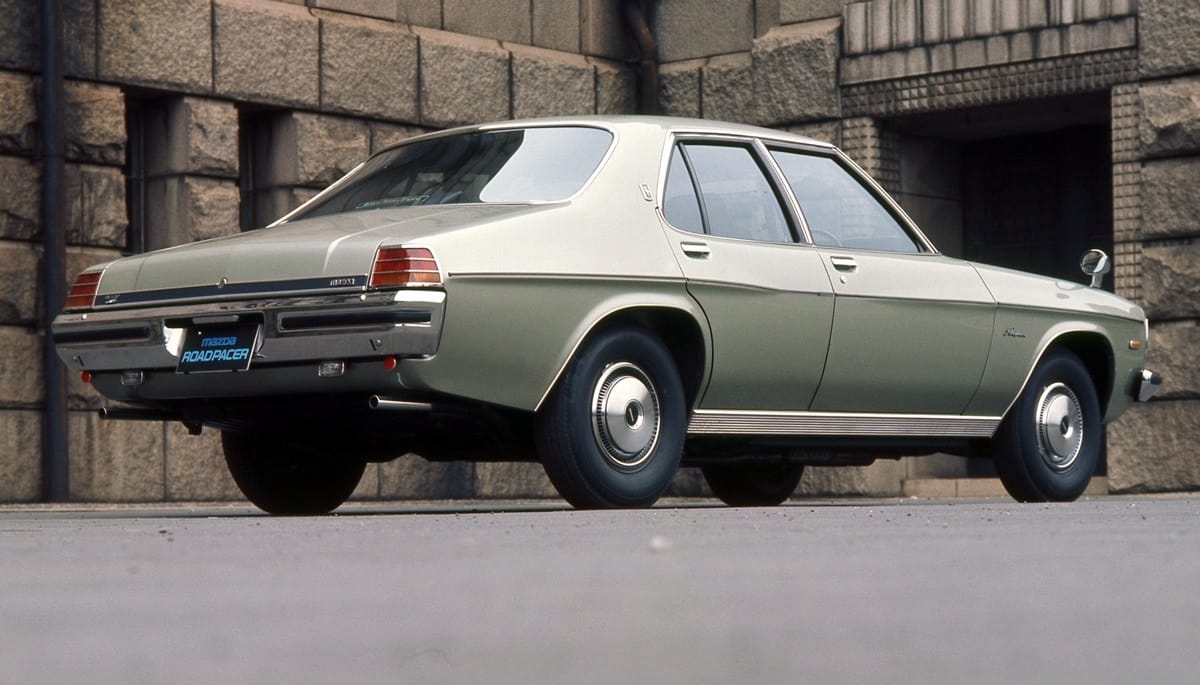
GM Holden were once positioned as “Australia's car maker”. For decades, it was building big cars with six- and eight-cylinder engines for Australian families, a perfect match for the country's large and sparsely populated land mass.
It's a formula that shifted in recent years, first with Australians moving to more efficient locally designed cars and SUVs instead of big sedans. Recently, General Motors turned off the lights in Holden’s engineering department; now, Australians can enjoy all of the forbidden fruit that’s been keeping North American roads oh so healthy.
Over the years, there have been a number of deviations from this Made-ish In Australia formula, some made in an attempt to cut fuel costs (like four-cylinder engines) and some intended to re-image the locally built cars or expand to new markets.
(No, reader, I won’t support your addiction for Australian-designed LS V8-powered all-wheel-drive station wagons. Google “Holden Adventra” on your own time.)
Without prejudice meant for our upside-down friends, some of these badge-engineered experiments are plain weird. This is the story of one of the odder deviations: the Mazda Roadpacer AP, or Anti-Pollution.
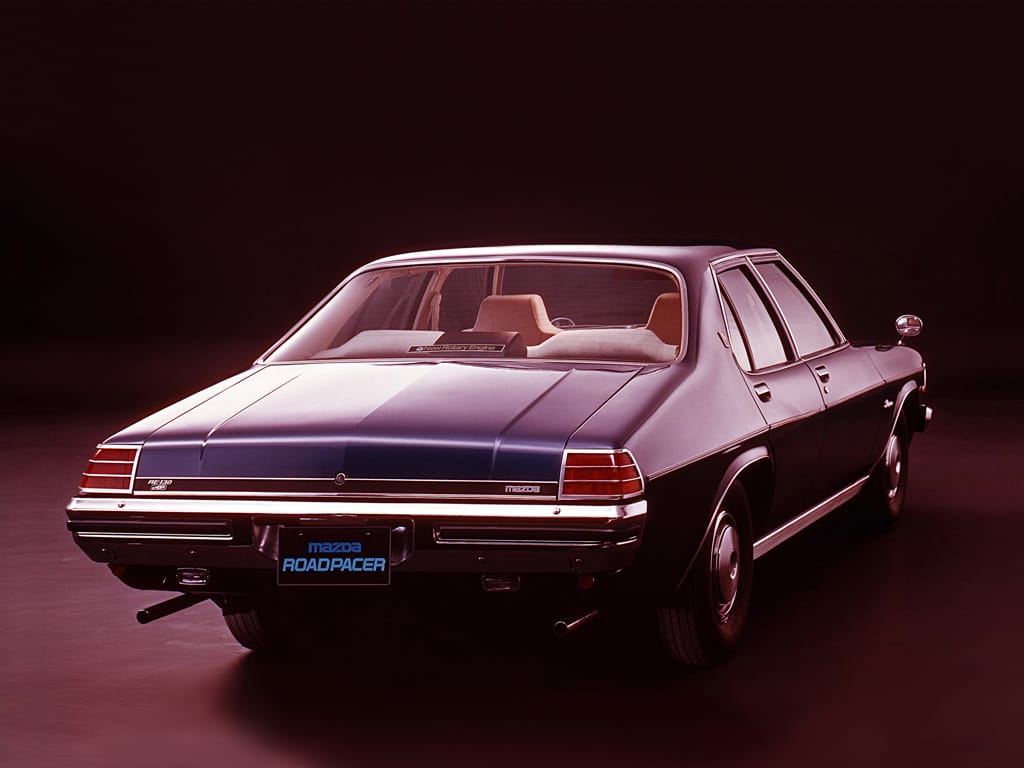
The story goes that Chevrolet was experimenting with a mid-engined Corvette (a constant source of rumors even to this day) as well as the feasibility of fitting it with a Wankel "rotary" engine. It consulted Mazda for advice (because who else would you ask about rotaries?) and this led to a short-lived partnership.
Mazda at the time needed a large car for the Japanese market to compete with the large cars of Mitsubishi, Toyota and Nissan, so the General Motors car chosen as a base was the HJ Holden Premier.
Any of the Holden HJ-based body styles, built from 1974 through to 1976, is your quintessential Australian car of that era. It was full-size and sold as a sedan, wagon, ute, coupe or panel van, with choice of a handful of six- and eight-cylinder engines. More than 175,000 were sold in two years, before morphing into the HX generation with emissions-compliant engines and few other changes.
The Premier, as the base for Roadpacer AP models, was the cream of the Commodore crop with some extra equipment, quad headlights and some other styling touches such as extra chrome.
So far this doesn't sound too bad; perhaps if Mazda had elected to sell those Holdens as-is, I wouldn't be writing this piece. But that's not what happened. In order to take advantage of tax breaks given to smaller-engined cars and upcoming emissions regulations, Mazda chose to replace the torquey 3.3-liter straight-six engine of the Premier with a bun-sized 1.3-liter 13B rotary engine.
And therein lies the problem when using the wrong tool for the job, with respect to real-world emissions.
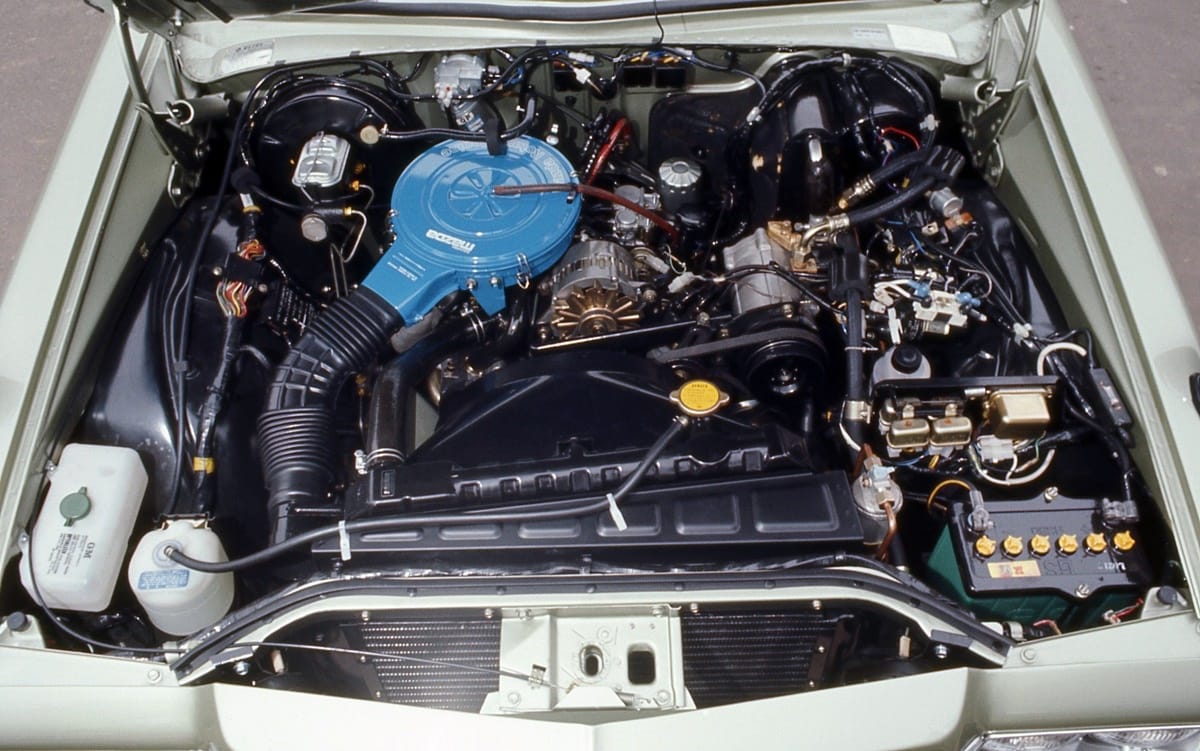
For all their strengths, rotary engines aren't known for producing torque, a very useful force for hauling 1,575 kg (3,472 lbs) of Aussie-built steel. The 13B was capable of 187 nm (140 lb-ft) of torque, while the Holden Red straight-six it “replaced” made much more: 263 nm (194 lb-ft).
What's more, the 13B's maximum torque was delivered at a ridiculous 6000 rpm, while the Holden’s V8 made its max at just 2000 rpm. This shortcoming was exacerbated by its transmission: a slushy three-speed automatic transmission…not the ideal choice for transmitting torque at a glacial pace.
Predictably, though, the rotary was smooth once it got going, but is said to have returned woeful driving performance and bad fuel economy (another common problem with rotary engines). Reports suggest that in the real world it used as much as 26 L/100 km, considerably worse than even the 5.0-litre V8 offered in the HJ Monaro.
So much for calling it the “Anti Pollution”. Though the rotary was more efficient on paper, being certified for the amount of emissions it produced through dynamometer (bench) testing at lower engine rpm, in the real world it had to be worked much harder and the rotary wasn’t able to purr within its ideal operating window.
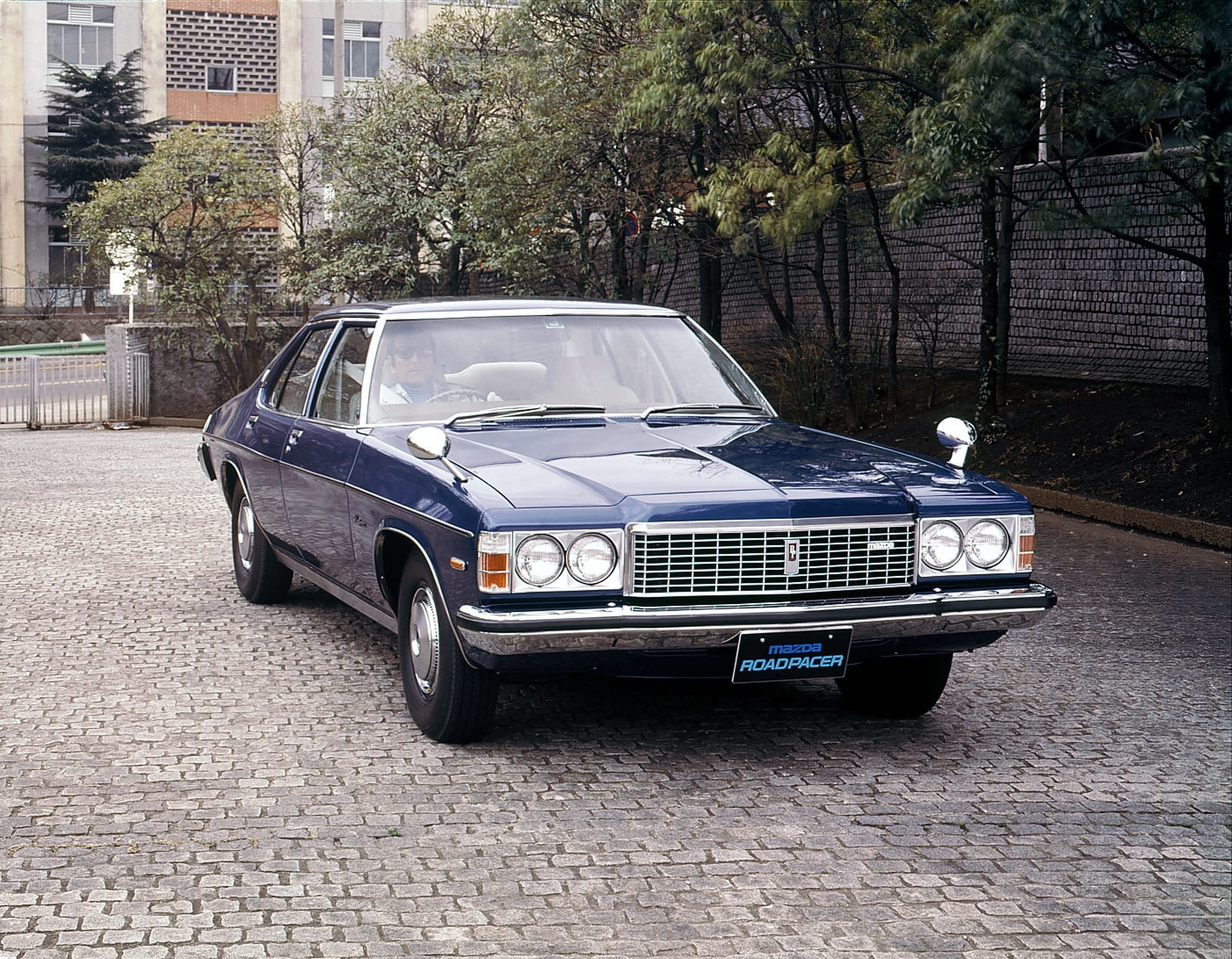
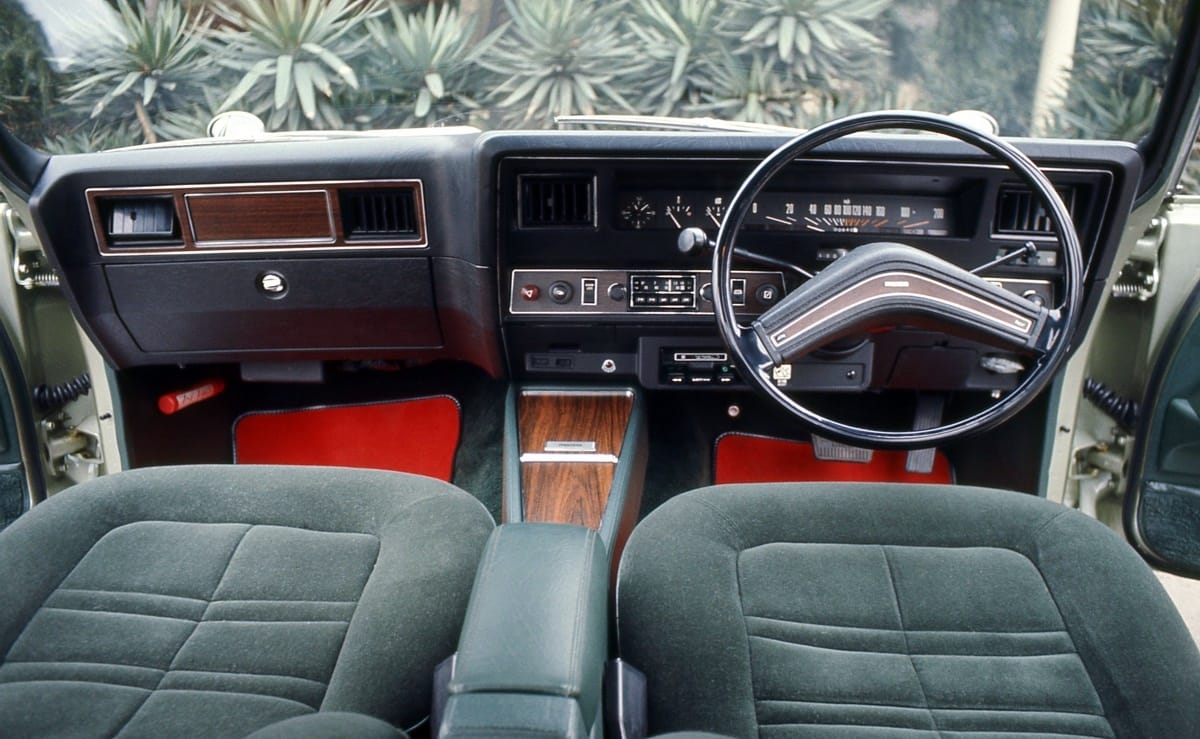
Perhaps all that sound deadening wasn’t a great idea? In keeping with the car's upper-luxury intent, Mazda did add some other goodies to tempt buyers, including central locking which activated at 10 km/h; a sound chime at 90 km/h; stereo controls front and back; and a voice dictation system. It was also given fender-mounted mirrors, a common feature of Japanese cars at the time, and admittedly cool "Roadpacer" badging.
All this contributed to a hefty price tag of 3.8 million yen. Offered in Japan for two years, just 800 were sold, falling short of expectations. Many of these went to government officials who got rid of them as soon as possible—and few remain today. Scouring the Internet, it seems Mazda has one on display in a museum somewhere, and at least one has been imported to New Zealand, where it resides at Invercargill’s Bill Richardson Transport World museum.
Roadpacer AP was the first and last General Motors-based vehicle produced with a rotary engine, and the first and last time a vehicle has been given the nickname “Toadpacer”.
Before you leave, thinking this doesn’t happen any more — it very much does. “Your mileage may vary” is a misnomer because your mileage will vary.
A good example to look up in your own time is the Ford lineup of EcoBoost truck engines, where in everyday operation they can be quite efficient, however, when towing or driving like a douche they can return far worse fuel economy than the same truck equipped with a larger displacement V8 engine.
The infuriating thing? With some driver education, eco-modding, and widespread adoption of aerodynamic modifications such as vehicle undertrays, I think we’d surprise ourselves in how little would need to change in order to significantly reduce our impact on this planet. (At least, that’s what the CDGAEA claims.)
Our salvation lies within us, not buried within a government’s environmental initiative or an automaker’s hyped alt-fuel promises. If we wanted more efficient vehicles, we’d build, buy, mod, and drive like it.
This is, neatly, why the Roadpacer AP failed: it was bad on gas, enough people noticed, and this combination of poor policy and pitiful product magically disappeared back into the swamp it came from.
SUPPORTING MEMBERS
Thank you to my supporting members: Ben B., Brad B., Chris G., Daniel G., Damian S., Daniel P., Ingrid P., Karl D., Luis O., Michael J., Michael L., Michelle S., Mike B., Mike L., Mike M., Richard W., Sam L., Wiley H.


